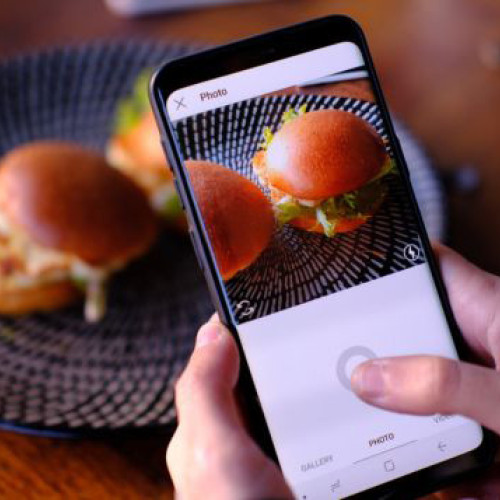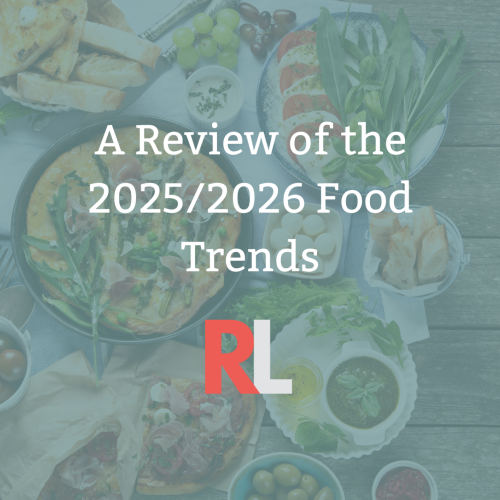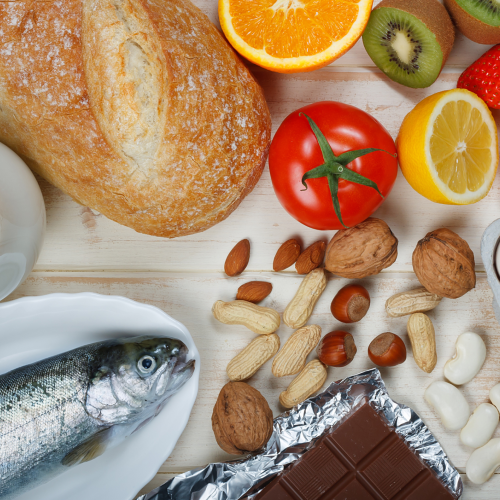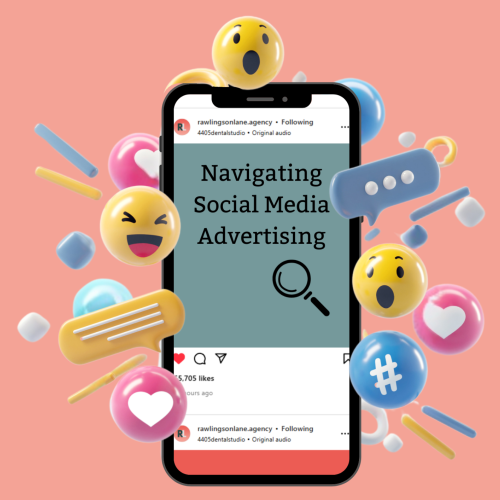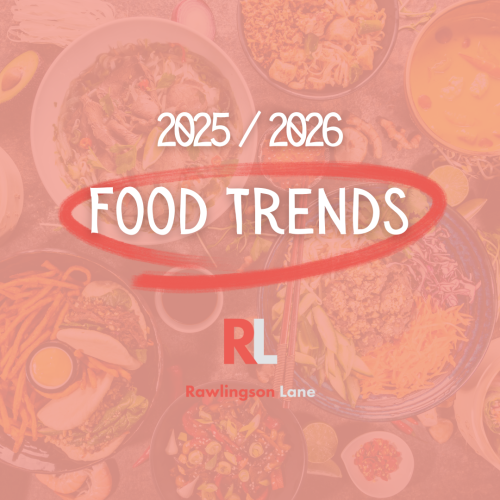The State of Play
As we continue with much trepidation into 2021, an air of cautious optimism consumes us as we start to emerge out of lockdown. A bit like a butterfly peeking out of its chrysalis, only to fly straight into the mouth of a waiting sparrow. No, no, let’s keep the air of optimism going and focus on the positives of 2021. Certainly, there have been changes in our behaviour, and some of these will disappear as soon as government guidelines are lifted, and some will remain, as they have managed to pervade our everyday life. In this article, we will review the current state of play across hospitality and retail, with a focus on how behavioural changes will impact food and drink and our relationship with it.
It’s Dark In Here
You would need to have been living under a rock not to notice that dark or delivery kitchens have boomed in the last 12 months. An example of a trend that was gently bubbling along until the pandemic sent it on a soaring growth trajectory. With restaurants and QSR closed, everyone turned to Deliveroo, Just Eat and Uber Eats to get their favourite fast-food fix. Restaurants also set up their own delivery kitchens so they could furnish customers directly rather than paying commission to the delivery platforms. For food suppliers and kitchen equipment manufacturers, dark kitchens offer a new opportunity to supply products in a very different way! But it’s the slowly emerging, ‘dark supermarket’ that has us watching with interest. As online shopping has taken hold, retailers are looking to reduce costs by fulfilling online orders from dark stores rather than having their customer teams roaming the aisles with multiple shopping lists. In the UK, online grocery increased over 60% in 2020 Vs 20191 and around 70% say they will stick to this new behaviour. Maybe the multiples are looking to Ocado, who, as online only, are the masters of the dark store format. However, there is still hope for physical stores as Amazon has opened 3 stores in 6 weeks in London. The ‘walk out’ store format uses the latest technology to speed up the shopping experience, we have yet to see how this is taken up by UK shoppers but it’s likely that Amazon will be looking to take a sizeable chunk of the grocery market. So, will we see a reduction in the supermarkets’ brick and mortar stores and the rise of the dark store? If so, what does this mean for food brands - will we buying direct and buying more in bulk? How important is packaging if no-one sees it in-store? How will brands grab impulse purchases if instore promotions are no longer an option? The path to purchase is changing, it has been for a while, it’s becoming digital. In the UK, Statista claim that nearly 90% of the population are active mobile internet users. That’s a lot of people, and they are very savvy when it comes to using social media. SEO, recommendation sites and generating online media coverage top the charts for how we might start to influence sales. Brands need to understand how we target these people who are apparently on their smartphones for around 2 hours and 51 minutes per day, some of them double screening (TV and mobile phone) and let’s not even talk about those who take their phone into the ‘smallest room in the house’!
Making A Difference
Plastic packaging (38%) and food waste (20%)2 top the list for British grocery shoppers of the most pressing issues the food industry should address. Plastic packaging reduction should be on everyone’s agenda – brands and retailers, but it seems food waste can be laid quite firmly at our own front door, with around 50% of it happening in the home!2 Food waste Action week in 2021 aimed to start to address this issue but so much more needs to be done. And the foodservice industry also needs to continue to address food waste. As consumers want more focus on sustainability and the environment, the big multiples and supply chain have called for a combined action plan. Ken Murphy, CEO of Tesco believes that food is one of the biggest levers we can pull to fight climate change, but we are all in it together. This reverberates through every interaction we have with food. Are you supplying food or equipment to restaurants? What are your sustainability goals? Is your equipment using less power or water or running more efficiently or made from recycled materials? And if you are doing good things for the environment, are you telling people? If you’re not on social media and in the media telling your customers and potential customers about the good stuff you’re doing, why not? People are making buying decisions based on this, so you need to shout about it.
The Ubiquitous Health Trend
A much bandied around megatrend that covers everything from massively spiking sales of Vitamin D to consumers taking out gym memberships they’ll never use. For our purposes let’s talk about the growing awareness of just what is in our food and where it comes from. The pandemic and Brexit have both played a role here – after all, no one wants chlorinated chicken! I don’t have to quote statistics to show that the rise in a flexitarian diet has massively affected our relationship with food. Whether in-store or in a restaurant, plant-based food and non-dairy drinks have seen exponential growth in recent years. But it seems this isn’t just about our health, but also the health of our planet and how our choices affect our environment. If we are going to eat meat, let’s make it from the local farm down the road not imported from another country. Let’s make sure it’s really good quality meat and not full of preservatives or antibiotics. We want to support our local businesses as well and buying British is becoming a focus once again. According to Future Thinking’s Senior Research Director, Catherine Elms, “Consumers are taking steps to be healthier, but they are not just concerned about fat and sugar anymore. Recognition of a healthy diet as being far more holistic has increased and they want to know what’s included in their food as much as they want to know what it doesn’t include.” According to Attest research2, the number one thing UK consumers would like to do in 2021 is eat more healthily (54.4%), followed by 32.9% of people who want to be more environmentally friendly. These two things are very much interconnected and food manufacturers, retailers and the hospitality industry need to ensure that they don’t just do it, but shout about it from the highest point. After all, it could be the difference between recruiting a new customer or watching them go to your closest competitor.
1 Disruption & Uncertainty – The State of Grocery Retail in 2021, Europe
2 Attest: What British Shoppers are Hungry For in 2021



